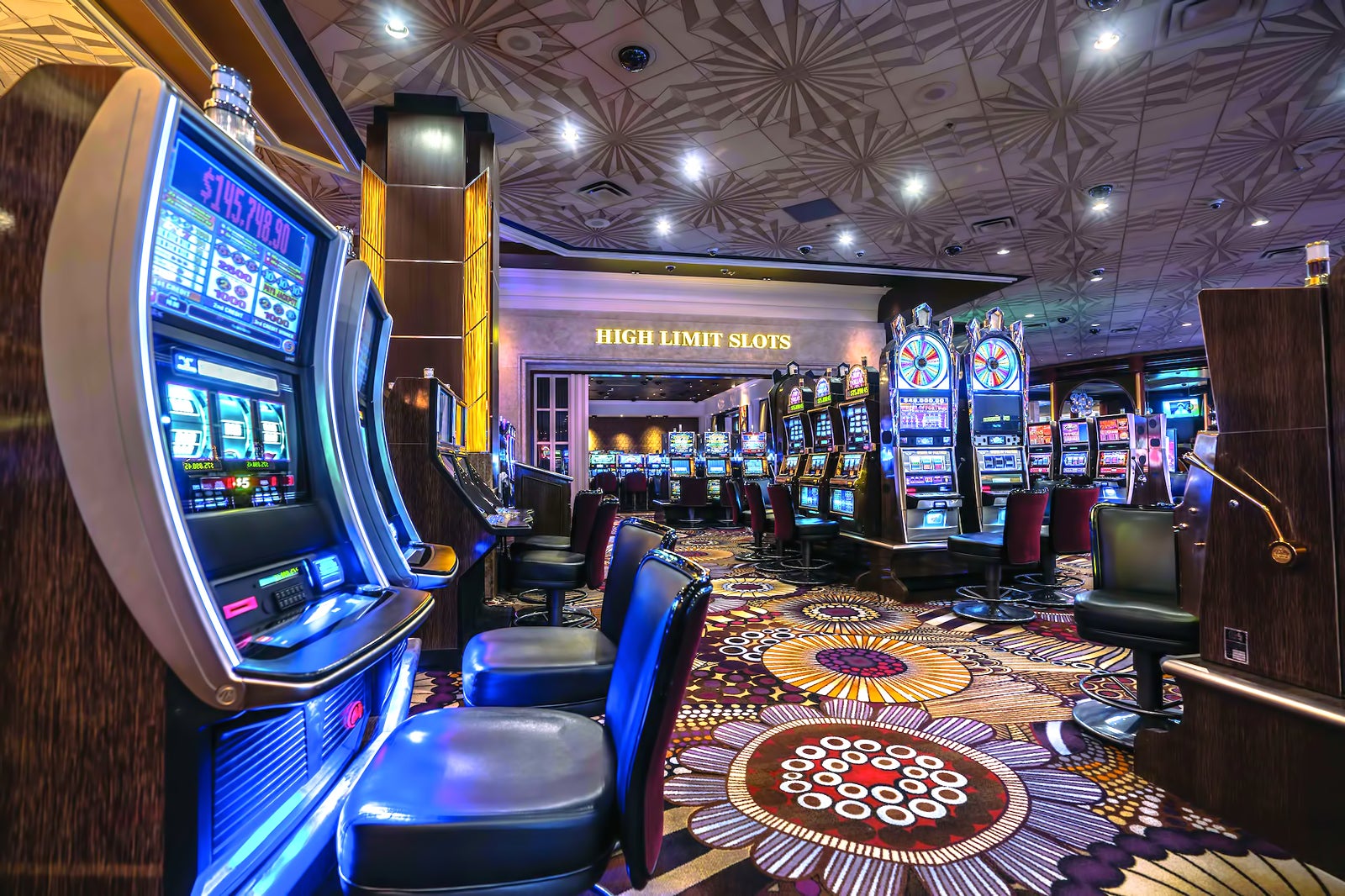
Within a dynamic and thrilling world of gaming establishments, wherein fortune and strategy intertwine, color and aesthetic play a critical role in drawing in players. As soon as visitors step into a casino or log into a gaming platform, they are immersed in a sightly feast that captures their attention and entices them to explore more. Vivid colors, captivating graphics, and innovative layouts are carefully crafted to create an atmosphere of excitement and anticipation, ultimately improving the gaming experience.
As gamblers move through the dynamic landscape of casino games, they come across a range of designs that not only serve visual purposes but also influence feelings and decision-making. Colors like scarlet and yellow symbolize wealth and luck, while calm blues and greens can create a more tranquil environment. Understanding how these elements work together enables casinos to create an inviting and energizing atmosphere that encourages players to engage with the games, spend more time at the tables, and boost their overall enjoyment.
The Science of Color in Casino Games
Color plays a crucial role in the design of gaming experiences, shaping players’ feelings and behaviors. Lively and bold shades, such as crimson and gold, are often used to incite excitement and draw focus. These shades create a sense of pressure and dynamism, encouraging participants to engage more enthusiastically with the activity. By strategically selecting hues, designers aim to evoke emotions of satisfaction and excitement, which can enhance the overall game experience.
Distinct shades also have psychological associations that can affect how gamblers perceive their chances of success. For case, emerald is frequently associated with good fortune and wealth, making it a popular choice in games like roulette and poker setups. This link can lead gamblers to feel more hopeful and self-assured in their gameplay, ultimately inspiring them to stake more. Comprehending these connections allows game designers to craft environments that enhance player happiness and loyalty.
In addition, the interface of gambling game interfaces often uses blended colors and differing shades to guide player actions. For example, successful results may be accentuated with bright, differing hues, creating a visual cue. This method supports positive outcomes and supports repeated engagement. By leveraging the psychology of color, casinos can create games that not only draw participants but also maintain them involved and invested in their play experience.
Design Elements that Attract Gamers
The aesthetic appeal of casino games is primarily influenced by the use of bold colors. Lively and contrasting colors are strategically chosen to create an inviting atmosphere that grabs interest. For instance, reds and golds often signify luck and prosperity, which is why they are common in the palettes of gaming machines and table surfaces. These colors not only attract players in, but they also evoke emotions associated with excitement and expectation, enhancing the overall gaming experience.
In parallel to color, the aesthetic and organization of gambling games play a crucial role in captivating players. Games are designed to be intuitive, ensuring that players can easily understand the rules and gameplay. Accessible interfaces, along with engaging graphics and animations, help maintain player interest and promote longer play sessions. The physical elements, such as the feel of the controls and the audio of the games, also contribute to a comprehensive sensory experience that keeps players engaged.
Finally, conceptual elements in game design can greatly influence gaming decisions. Many gambling games are inspired by media, myths, or exploration motifs, incorporating symbols and characters that resonate with players. These themes create a sense of immersion and relatability, making each game feel unique. When players feel a bond to the concept, they are more likely to choose that game over others, leading to higher participation and excitement within the casino environment.
Case Studies: Successful Casino Game Designs
One noteworthy example of effective gambling game design is the acclaimed slot machine series themed around popular movies. Games such as those based on the The Wizard of Oz and Game of Thrones utilize dynamic colors and top-notch graphics to immerse players in familiar narratives. The application of dynamic visuals and engaging sound effects captures the interest of players, creating an emotional connection to the theme. This strategy not just fosters longer play but also enhances the overall gaming experience, leading to increased player retention.
Another effective case is the use of the psychology of color in table games like 21 and the wheel. Casinos often create these games with deep reds and greens, colors traditionally associated with luck and wealth. 789CLUB For instance, the green felt on a 21 table provides a calming effect, while the red accents in roulette invite thrill. This thoughtful use of color helps to establish an inviting atmosphere that encourages players to join in, satisfying their psychological impulses and increasing their enjoyment.
Finally, online casino games that incorporate social features and vivid, dynamic designs have seen remarkable success in engaging players. Games like Zynga’s Poker and Slot-O-Mania leverage bright colors and playful animations to forge an inviting online environment. The inclusion of leaderboards, community sharing options, and in-app rewards fosters competition and community, drawing players in for longer sessions. Such designs merely make the games visually attractive but also emphasize community engagement, a vital factor in player retention and engagement within online casino environments.